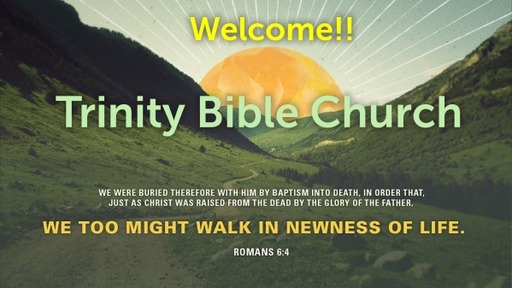The Testing of Yeshuah-Jesus (2) & First-fruits.

Part two of our study of Palm Sunday aka the Triumphal Entry, which is actually the Presentation of the Lamb for examination prior to the Passover crucifixion of Yeshua-Jesus. Examination of the Feast of Firstfruits corresponding
Sunday March 24, 2024
Palm Sunday … when they heard that Jesus was coming to Jerusalem,
Introduction
I. The Setting Aside of the Lamb of God
The Fruit and Palm Branches
It has already been noticed that, according to the view universally prevalent at the time of Christ, the direction on the first day of the feast to ‘take the fruit of goodly trees, branches of palm trees, and the boughs of thick trees, and willows of the brook,’ was applied to what the worshippers were to carry in their hands. The Rabbis ruled, that ‘the fruit of the goodly trees’ meant the œthrog, or citron, and ‘the boughs of thick trees’ the myrtle, provided it had ‘not more berries than leaves.’ The œthrogs must be without blemish or deficiency of any kind; the palm branches at least three handbreadths high, and fit to be shaken; and each branch fresh, entire, unpolluted, and not taken from any idolatrous grove. Every worshipper carried the œthrog in his left hand, and in his right the lulav, or palm, with myrtle and willow branch on either side of it, tied together on the outside with its own kind, though in the inside it might be fastened even with gold thread. There can be no doubt that the lulav was intended to remind Israel of the different stages of their wilderness journey, as represented by the different vegetation—the palm branches recalling the valleys and plains, the ‘boughs of thick trees,’ the bushes on the mountain heights, and the willows those brooks from which God had given His people drink; while the œthrog was to remind them of the fruits of the good land which the Lord had given them. The lulav was used in the Temple on each of the seven festive days, even children, if they were able to shake it, being bound to carry one. If the first day of the feast fell on a Sabbath, the people brought their lulavs on the previous day into the synagogue on the Temple Mount, and fetched them in the morning, so as not needlessly to break the Sabbath rest.